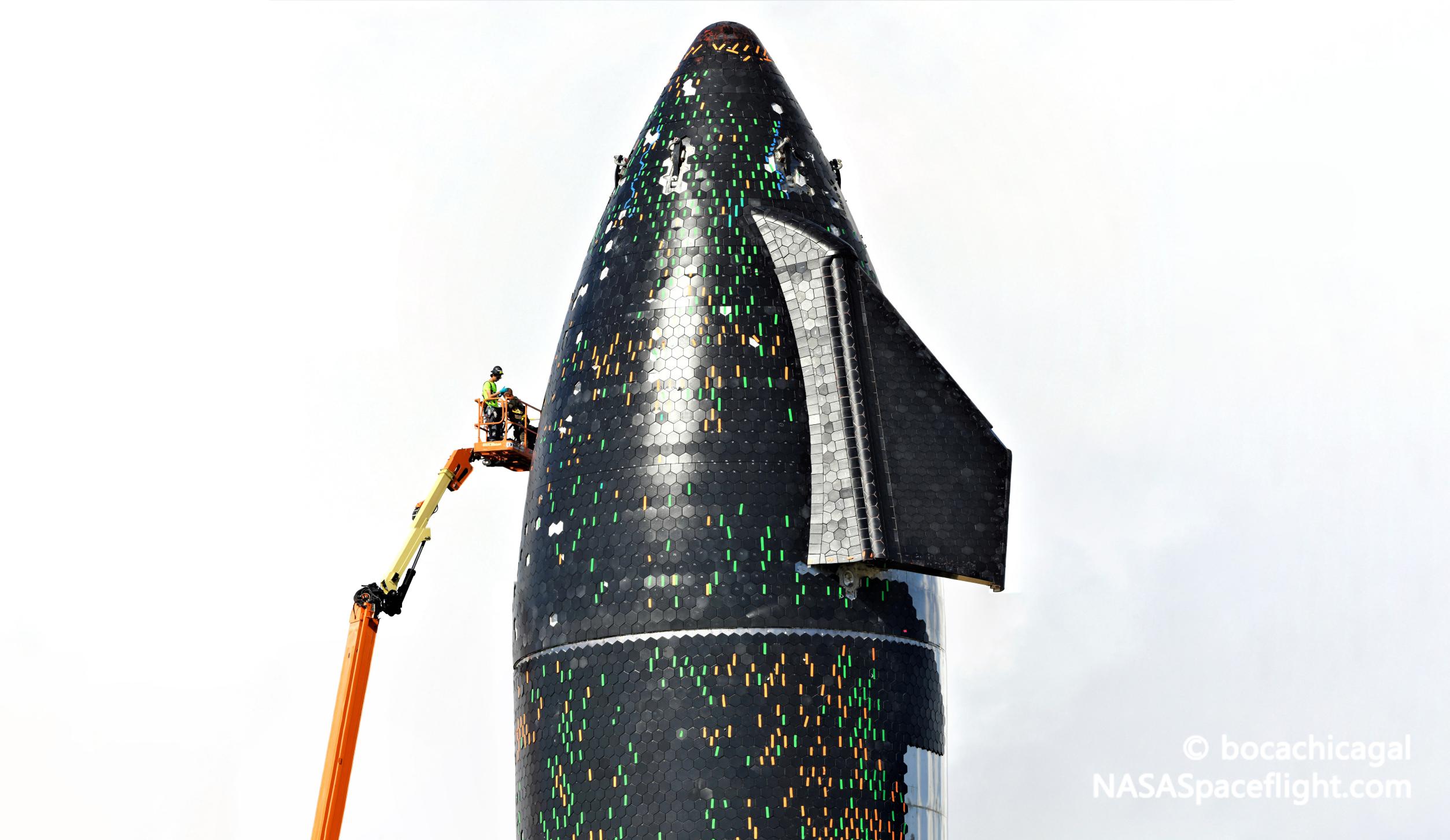
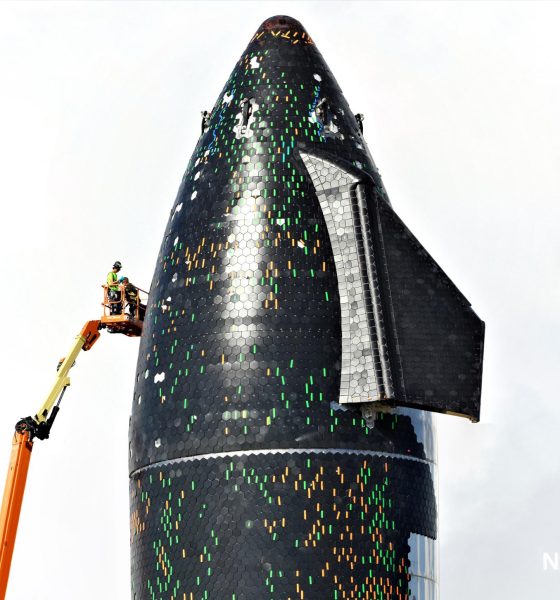
News
SpaceX repairing heat shield, reinstalling Raptors on first orbital-class Starship
SpaceX has begun reinstalling three of the six Raptor engines that will power the first orbital-class Starship and repairing the heat shield that will hopefully protect it on its first trip to space.
Known as Starship 20 or S20, the 50m (~165 ft) tall steel rocket prototype has been stationed at one of SpaceX’s two suborbital testing pads since August 13th. No testing has been done, though, and a small army of SpaceX technicians and engineers have instead spent the last three or so weeks effectively turning a collection of steel tanks, tubes, and parts into a functional rocket. While it’s unclear why SpaceX chose to do that outfitting work at an unsheltered launch pad, new activity suggests that it may be almost complete.
Exactly one month ago, SpaceX stacked Starship S20 on top of Super Heavy Booster 4 (B4) on August 6th, briefly creating the largest rocket in history and completing a fit test that was admittedly just as much a photo op. Ship 20 was rapidly destacked and returned to SpaceX’s Starbase factory, where all six of its Raptor engines were removed. About a week later, Ship 20 returned to the pad and has remained installed on Suborbital Pad B ever since.
At the time, the implication was that SpaceX had removed Ship 20’s engines to allow the prototype to complete cryogenic proof testing with hydraulic thrust simulators. However, despite having carefully modified Pad B over several weeks for that exact purpose, those modifications were rapidly removed before Ship 20’s second rollout. Precluding a proof test with thrust simulation, the next logical conclusion was that SpaceX would still perform a cryogenic proof test before reinstalling Ship 20’s Raptors and moving on to a static fire campaign.
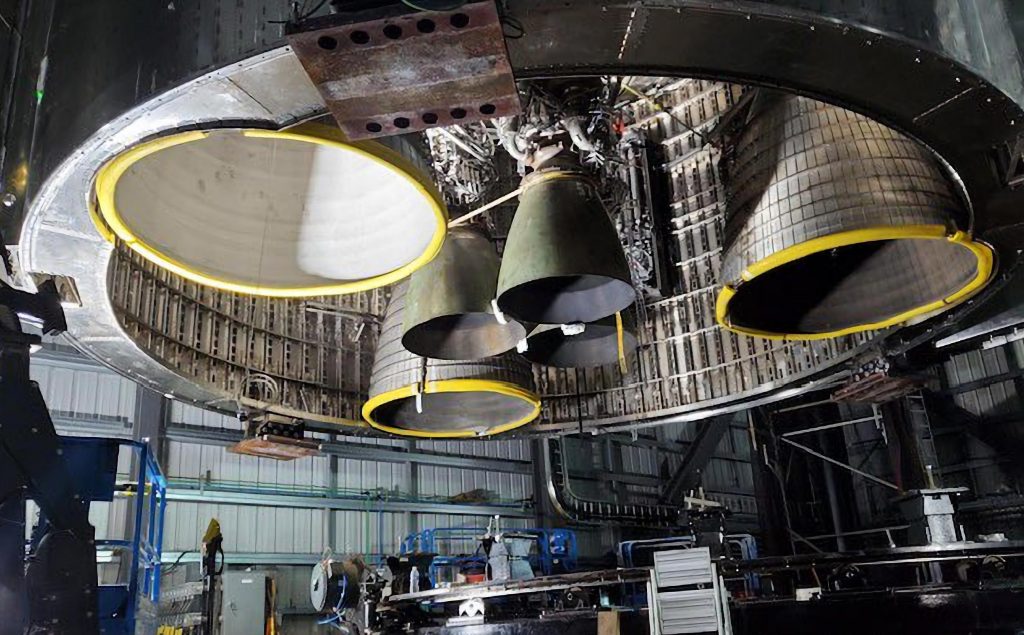
Now, even that appears to have been p1recluded. Instead, as if Ship 20 were the second or third or fourth in a series of prototypes, SpaceX rolled three center Raptors to Pad B on September 5th and began installing the engines on Starship on the 6th. It’s hard to say anything with confidence given how chaotically Starship S20’s to-be-determined qualification testing has changed in the last several weeks but, with plenty of uncertainty, Raptor installation implies that the vehicle will perform its first ambient pressure and cryogenic proof tests with engines installed.
It remains to be seen if Ship 20’s three vacuum-optimized Raptor engines will also be installed over the next few days (seemingly the logical assumption) or if SpaceX will instead complete proof tests and center Raptor static fire testing before finally moving into new territory. SpaceX has never static fired more than three Raptors at once and certainly never tested multiple Raptor Vacuum (RVac) engines in close proximity – let alone all six simultaneously.
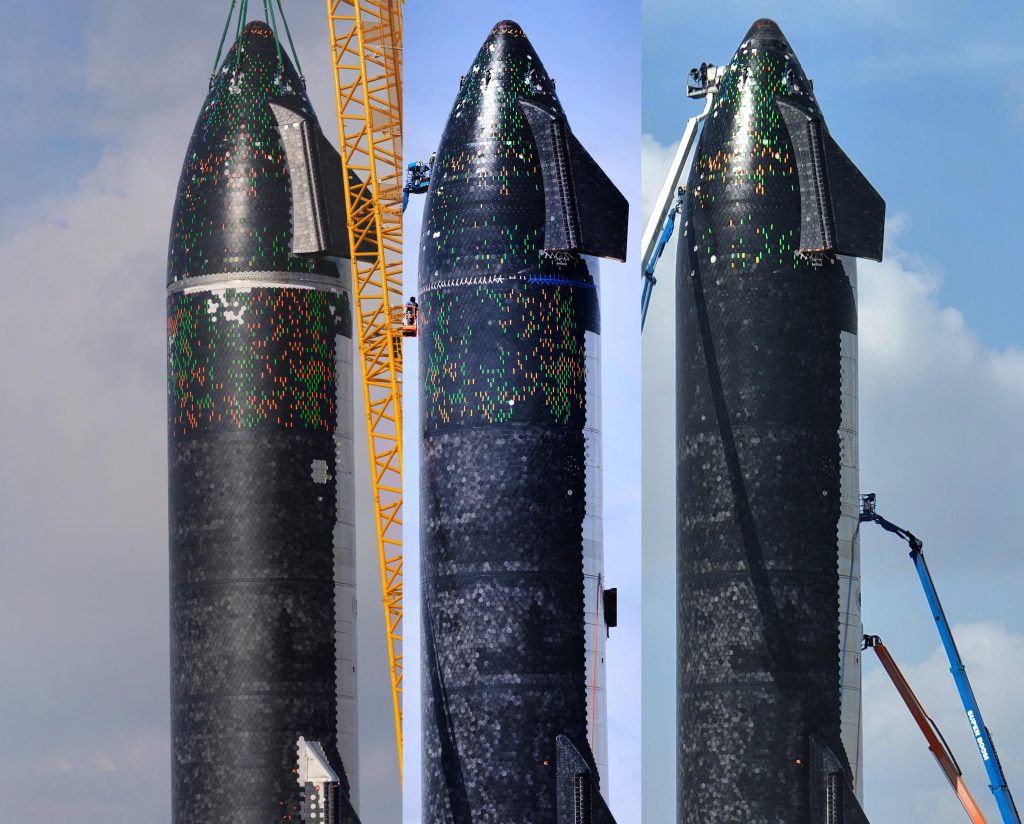
Meanwhile, much of the focus of the last few weeks appears to have been on finishing Ship 20 plumbing and avionics wire runs, though it’s hard to say exactly what has been done. What is extremely visible and easy to follow, though, is the process of finishing the first orbital-class Starship heat shield and repairing a few hundred tiles broken during its pathfinder installation. SpaceX has installed 500-1000+ tiles on flown Starship prototypes like SN15 but the company has never come close to the ~15,000 needed to cover the entire windward side of the world’s largest rocket upper stage.
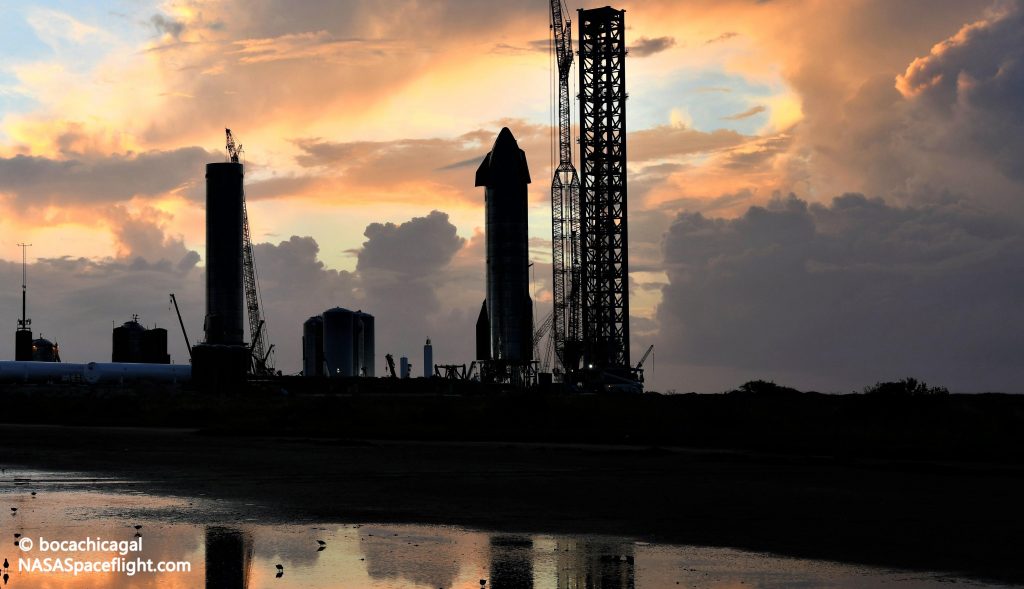
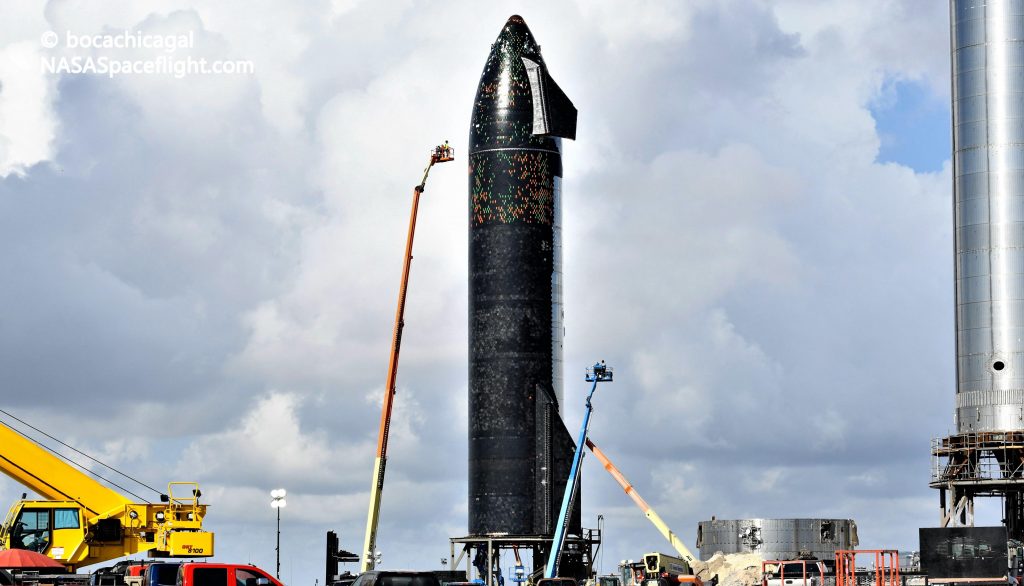
SpaceX has undertaken that process for the first time over the last six or so weeks and unsurprisingly seen a number of successes and failures. At some point along the way, a significant fraction of the ceramic, dinner-plate-sized tiles SpaceX technicians installed chipped, broke, shattered, or ran into other fitment issues. Over the last month or so, a great deal of progress has been made fixing those problem tiles and SpaceX has also more or less completed tile installation on the angular ‘aerocovers’ that protect Starship’s flap mechanisms – requiring dozens of custom tiles with complex shapes and curves.
As of September 6th, Starship S20’s heat shield appears to be around 95% complete and the installation of Raptor engines implies that the rocket’s plumbing, avionics, and tankage are also nearly finished. In other words, after many weeks of work, SpaceX’s first orbital-class Starship prototype could be ready to kick off cryoproof and static fire testing just a week or so (and maybe less) from now. Stay tuned for updates!

Investor's Corner
Tesla bear gets blunt with beliefs over company valuation
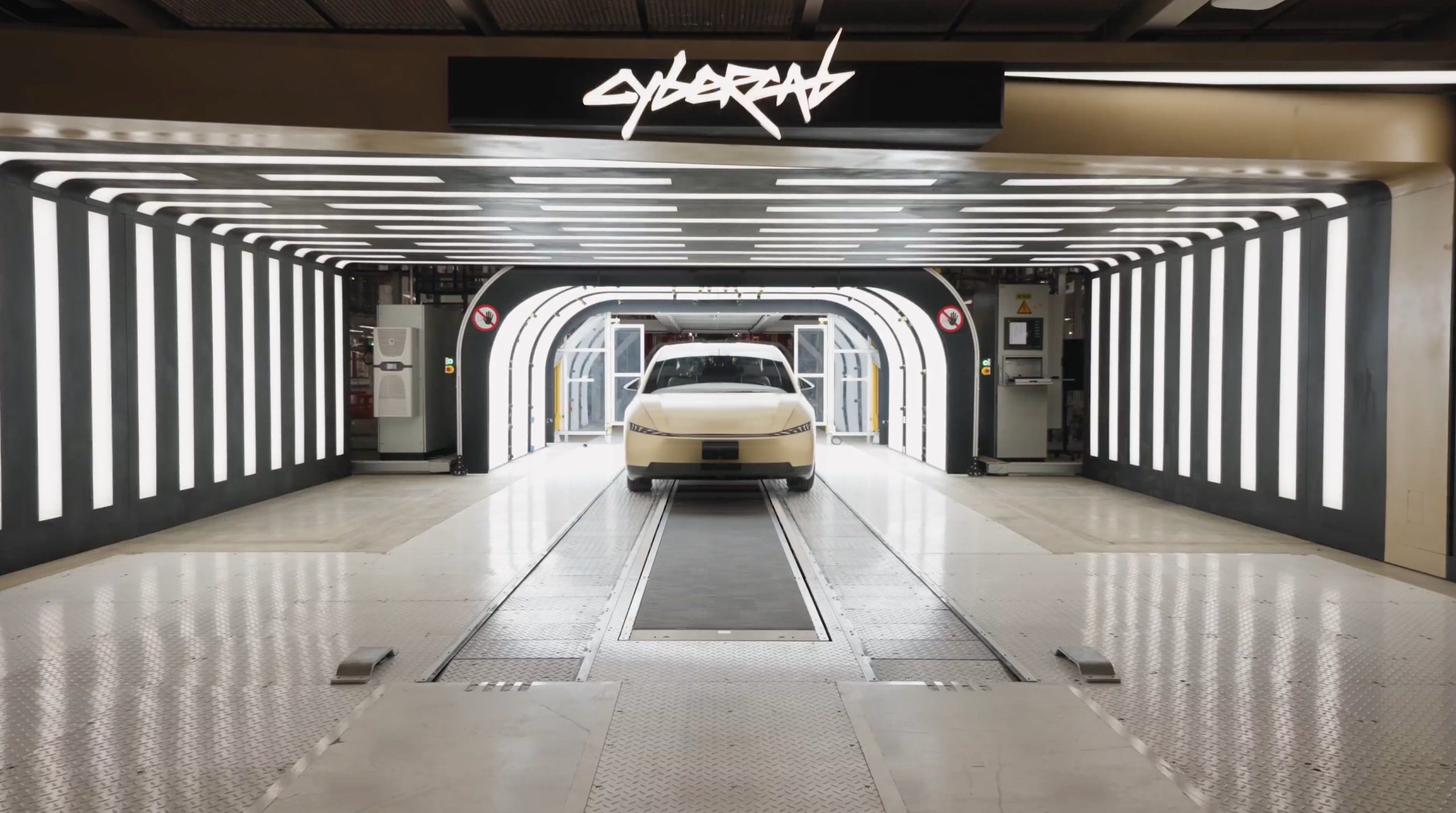
Tesla bear Michael Burry got blunt with his beliefs over the company’s valuation, which he called “ridiculously overvalued” in a newsletter to subscribers this past weekend.
“Tesla’s market capitalization is ridiculously overvalued today and has been for a good long time,” Burry, who was the inspiration for the movie The Big Short, and was portrayed by Christian Bale.
Burry went on to say, “As an aside, the Elon cult was all-in on electric cars until competition showed up, then all-in on autonomous driving until competition showed up, and now is all-in on robots — until competition shows up.”
Tesla bear Michael Burry ditches bet against $TSLA, says ‘media inflated’ the situation
For a long time, Burry has been skeptical of Tesla, its stock, and its CEO, Elon Musk, even placing a $530 million bet against shares several years ago. Eventually, Burry’s short position extended to other supporters of the company, including ARK Invest.
Tesla has long drawn skepticism from investors and more traditional analysts, who believe its valuation is overblown. However, the company is not traded as a traditional stock, something that other Wall Street firms have recognized.
While many believe the company has some serious pull as an automaker, an identity that helped it reach the valuation it has, Tesla has more than transformed into a robotics, AI, and self-driving play, pulling itself into the realm of some of the most recognizable stocks in tech.
Burry’s Scion Asset Management has put its money where its mouth is against Tesla stock on several occasions, but the firm has not yielded positive results, as shares have increased in value since 2020 by over 115 percent. The firm closed in May.
In 2020, it launched its short position, but by October 2021, it had ditched that position.
Tesla has had a tumultuous year on Wall Street, dipping significantly to around the $220 mark at one point. However, it rebounded significantly in September, climbing back up to the $400 region, as it currently trades at around $430.
It closed at $430.14 on Monday.
News
Tesla is making a change to its exterior cameras with a potential upgrade
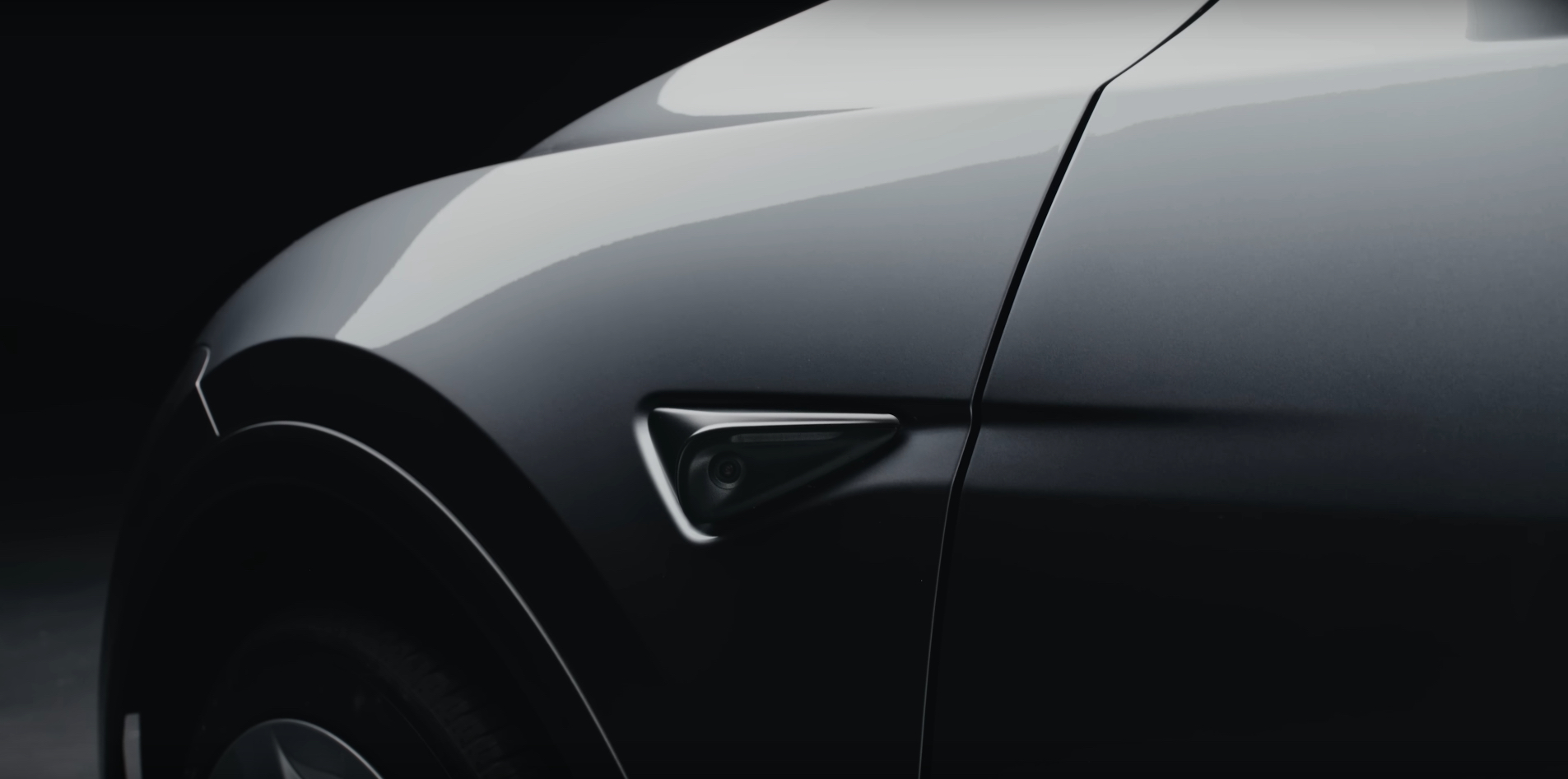
Tesla appears to be making a change to its exterior side repeater cameras, which are used for the company’s Full Self-Driving suite, and other features, like Sentry Mode.
The change appears to be a potential upgrade in preparation for the AI5 suite, which CEO Elon Musk said will be present on a handful of vehicles next year, but will not be widely implemented until 2027.
Currently, Tesla uses a Sony sensor lens with the model number IMX963, a 5-megapixel camera with better dynamic range and low-light performance over the past iteration in Hardware 3 vehicles. Cameras in HW3 cars were only 1.2 megapixels.
However, Tesla is looking to upgrade, it appears, as Tesla hacker greentheonly has spotted a new sensor model in its firmware code, with the model number IMX00N being explicitly mentioned:
Looks like Tesla is changing (upgrading?) cameras in (some?) new cars produced.
Where as HW4 to date used exterior cameras with IMX963, now they (might potentially) have something called IMX00N— green (@greentheonly) December 1, 2025
Sony has not announced any formal specifications for the IMX00N model, and although IMX963 has been used in AI4/HW4 vehicles, it only makes sense that Tesla would prepare to upgrade these external cameras once again in preparation for what it believes to be the second hardware iteration capable of fully autonomous self-driving.
Tesla has maintained that AI4/HW4 vehicles are capable of self-driving operation, but AI5 will likely help the company make significant strides, especially in terms of overall performance and data collection.
Tesla last updated its exterior cameras on its vehicles back in early 2023, as it transitioned to the 5-megapixel IMX963. It also added additional cameras to its vehicles in January with the new Model Y, which featured an additional lens on the front bumper to help with Full Self-Driving.
Tesla’s new self-driving computer (HW4): more cameras, radar, and more
News
Tesla Model Y Standard Full Review: Is it worth the lower price?
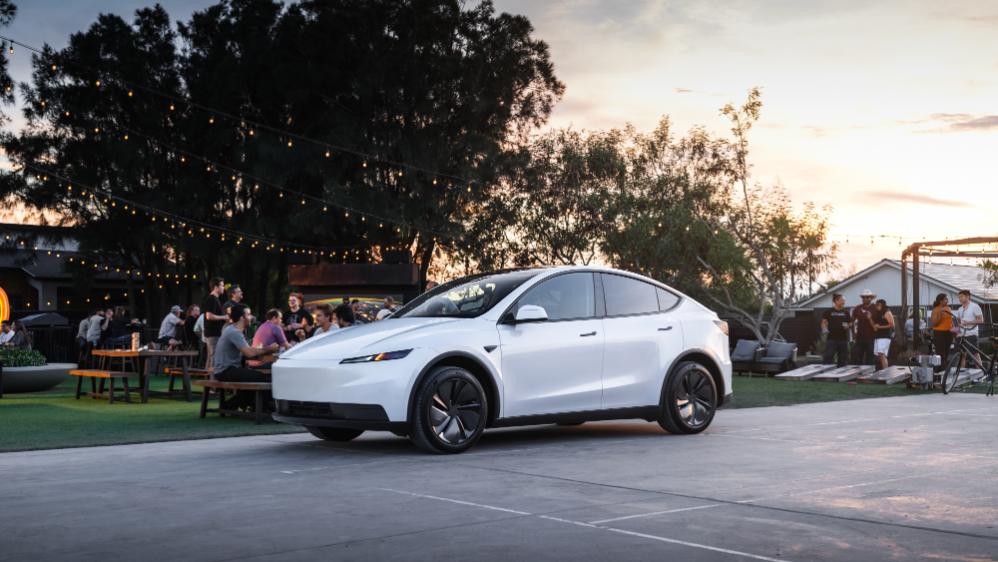
Tesla launched the Model Y Standard as an attempt to offer affordable electric vehicles to consumers now that the $7,500 EV tax credit is gone. We were able to spend four days with the car, and it was more than enough time to determine whether or not the car was worth the $9,000 discount compared to the Premium All-Wheel-Drive configuration, which is what I drive daily.
The Model Y Standard was stripped of some of the features that are present in the Premium trims of the Model Y: no glass roof, a sound system with roughly half the speakers, fewer acoustic-lined glass windows, less storage, and less functionality from an interior standpoint.
However, there are some real advantages to purchasing a Standard Model Y, and there are a handful of situations where this car would be well-suited.
Do I think it is worth the lower price? Well, I’ll get to that later in this article.
Initial Thoughts
In my first impressions review of the Model Y Standard, I talked about the face-value differences between my Model Y Premium and the new, more affordable trim. You will first notice the lack of storage between the front two seats, as the cupholder and additional storage bin sliding doors are void. You still get the cupholders, but they are exposed, which isn’t a huge deal, but it definitely takes away from the sleek look the Premium trim offers.
Additionally, the textile seats replace those of the vegan leather that is available in the upper-level trims. I mentioned previously that I could take or leave the vegan leather for the textile seats, as they are easy to clean, quick drying, and hide oils from your skin much better than leather does.

However, there comes one big sacrifice that I have been spoiled by, as the textile seats are not ventilated, so say goodbye to cooling your keister in the Summertime.
The lack of a glass roof is something many owners might not even notice. However, I have been spoiled by the glass roof in my car, and I look out of it every time I’m in my car. It is one of my favorite features, without a doubt. While it would not be a dealbreaker for me, it would be something I would miss terribly.
Things I Noticed After Several Days
Cabin Noise
One of the biggest things I noticed after the first two days in the Model Y Standard is that the cabin is much louder than the Premium. This is because Tesla did not acoustically line all of the glass in the Standard configuration, as it did in the Premium. The side windows are not treated, just the windshields. Therefore, you notice the noise level in the cabin is louder than in the Premium.
If you had not been driving in a Premium trim for a few months, you might not notice it. However, it is something that is a big sacrifice when moving to a different trim level, especially one that is less premium than what you might currently drive.
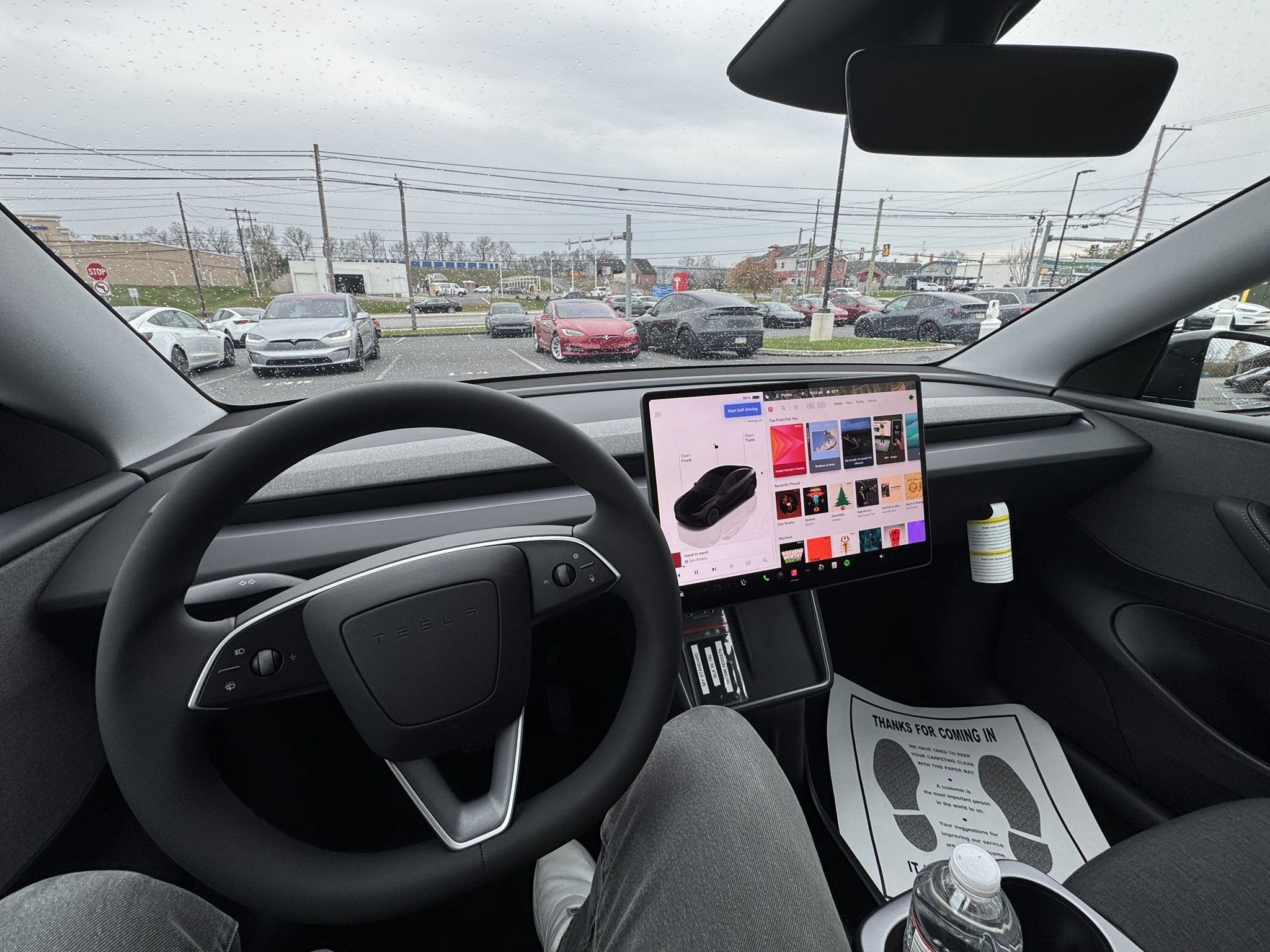
I have always been so shocked at how amazingly quiet the Premium trim’s cabin is; my Model Y is extremely peaceful, even when I’m sitting in bumper-to-bumper traffic, and people have modified mufflers and exhaust systems, tractor-trailers are going by, or crotchrockets are zipping by on the interstate.
This is a huge difference between the two cars, and it is something that is really hard to get used to. I know, first-world problems, right? But when you’re paying between $39,990 and $48,990 for a car, those little things truly do matter.
Stereo System Differences
Another thing I was very aware of was how weak the sound system is. I think if I had bought a Standard Model Y, I would have looked at having the speakers and subwoofers upgraded; I was almost disappointed in how much of a change it was between the two cars.
When I finally picked up my Model Y Premium on Friday (which had been detailed by the awesome team at Tesla Mechanicsburg), the first thing I did was crank up the volume and listen to some music. I really missed having a premium sound system.
Ride Quality
There are virtually no differences between the two cars in terms of ride quality. They are both extremely fun to drive, and the suspension in the Model Y Standard feels perhaps a little bit stiffer than the Premium. Regardless, I didn’t truly notice all that much of a change.
Driving this car around windy roads and tight turns was just as fun as my Model Y Premium. It was a blast to test out, and the slight change in feel was welcome. It’s always fun to drive new cars.
Performance
This is the first EV I’ve ever ridden in where I did not feel that awesome sensation of instant torque. It’s still a quick car, but it is missing that pep in its step that many of us have become accustomed to.
If you want to get someone’s true reaction to EV acceleration, let me just put it this way: This is not the car to do it in.
Some Little-Known Facts About the Model Y Standard
Most of us know that the Model Y Standard has a glass roof, but it is opaque, so even if you took out the headliner, you still would not see out of it. However, there is an interesting little tidbit from a Service perspective that does not make much sense.
If the Model Y glass roof cracks or is broken and needs to be replaced, Service is required to pull off the entire headliner and topside interior to access the glass. It cannot be replaced from the outside. In the Premium, because the glass is exposed, it is a much simpler process to replace the glass. This was an interesting thing I learned.
Additionally, the seat controls are only available on the center screen, which makes it difficult to adjust the seat if you are larger than the person who sat in the car previously. In order to adjust the seat, you’ll have to lean over the chair, access the controls from the screen, and adjust it manually before getting in.
Is the Tesla Model Y Standard Worth the Cheaper Price?
For an additional $9,000 to buy the Model Y Premium AWD, you would get a more capable powertrain, a quieter cabin, better performance, an upgraded interior, more storage, a better sound system, and more luxury features.
To me, the Standard is a car that seems extremely ideal for a teenager’s first vehicle (I got a $1,500 1998 VW Jetta K2 with 200,000 miles when I was 16), or a fleet vehicle. This would be the perfect car for salespeople to use: it does not have all the bells and whistles, it is efficient, and it is just what is needed to drive around to meetings.
For a personal car, it really depends on what you think you need. Admittedly, I’ve been spoiled by the Premium configuration, and personally, I wouldn’t go down to the Standard after owning a Premium trim.









